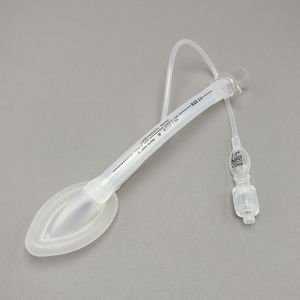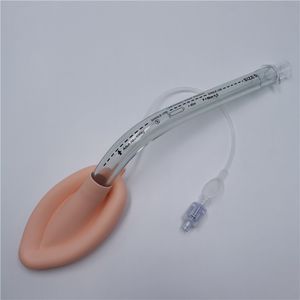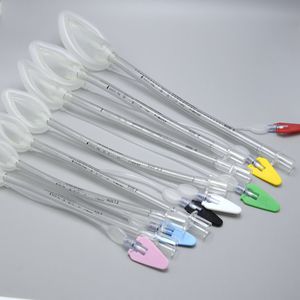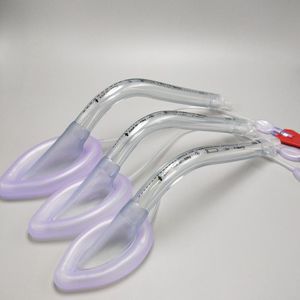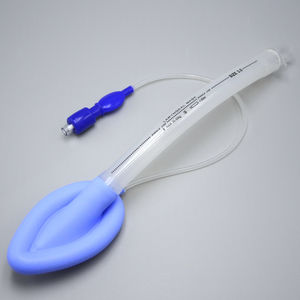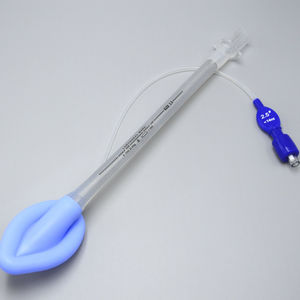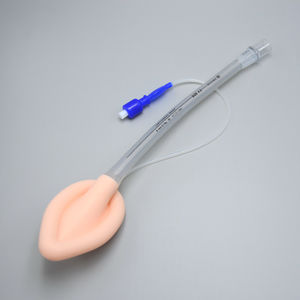
- Primary care
- Emergency medicine, Resuscitation
- Oral laryngeal mask
- Hangzhou Formed Medical Devices

- Company
- Products
- Catalogs
- News & Trends
- Exhibitions
Oral laryngeal mask PA610310siliconelatex-freereusable
Add to favorites
Compare this product
Characteristics
- Type
- oral
- Material
- silicone, latex-free
- Other characteristics
- reusable
Description
Second Generation Supraglottic Airway (SGA) Devices.
reusable model, maximum 40 times
Supraglottic Airways (SGAs) are an integral part of anaesthetic care. Since their introduction, several modifications, additions, and variations have been developed and are currently in clinical practice since the last 25 years. Not only are they useful for difficult ventilation during both in-hospital and out-of-hospital difficult airway management, they also act as a conduit for tracheal intubation. The newer or second-generation Supraglottic Airways have been designed to provide a better seal of the airway and are relatively safer since they allow gastric aspiration. Thus, the Supraglottic Airways may be the most versatile component in the airway management cart. Existing literature on Supraglottic Airways tends to focus on first generation Supraglottic Airways and their use in OT only. However, the scope and use of these devices is vast. Knowledge regarding specific devices and supporting data for their use is of utmost importance to patient’s safety.
Removal technique
Wait for full recovery from anaesthesia. Do not try to pull out the Supraglottic Airways if the patient is biting down on the shaft. Usually, patients emerge smoothly with Supraglottic Airways.
It is recommended to use a bite block with the LMA in order to prevent damage to the airway tube or pilot balloon during emergence. Manufacturers usually recommend using a wad of gauze swabs rolled into a cylindrical shape and placed along the LMA. Some anaesthesiologists prefer to place the Guedel’s airway. The LMA should never be removed if patient is in a light plane of anaesthesia as it may precipitate a laryngospasm
Catalogs
No catalogs are available for this product.
See all of Hangzhou Formed Medical Devices‘s catalogsOther Hangzhou Formed Medical Devices products
Laryngeal Mask
Related Searches
- Cannula
- Suction cannula
- Curved cannula
- PVC medical mask
- Endotracheal tube
- Silicone medical mask
- Intubation cannula
- Disposable cannula
- Ambu bag
- Oral endotracheal tube
- Supraglottic airway device
- Injection cannula
- Flexible cannula
- Manual resuscitator with valve
- Silicone laryngeal mask
- Tracheotomy cannula
- Reusable medical mask
- Manual resuscitator with mask
- Disposable laryngeal mask
- Disposable endotracheal tube
*Prices are pre-tax. They exclude delivery charges and customs duties and do not include additional charges for installation or activation options. Prices are indicative only and may vary by country, with changes to the cost of raw materials and exchange rates.



